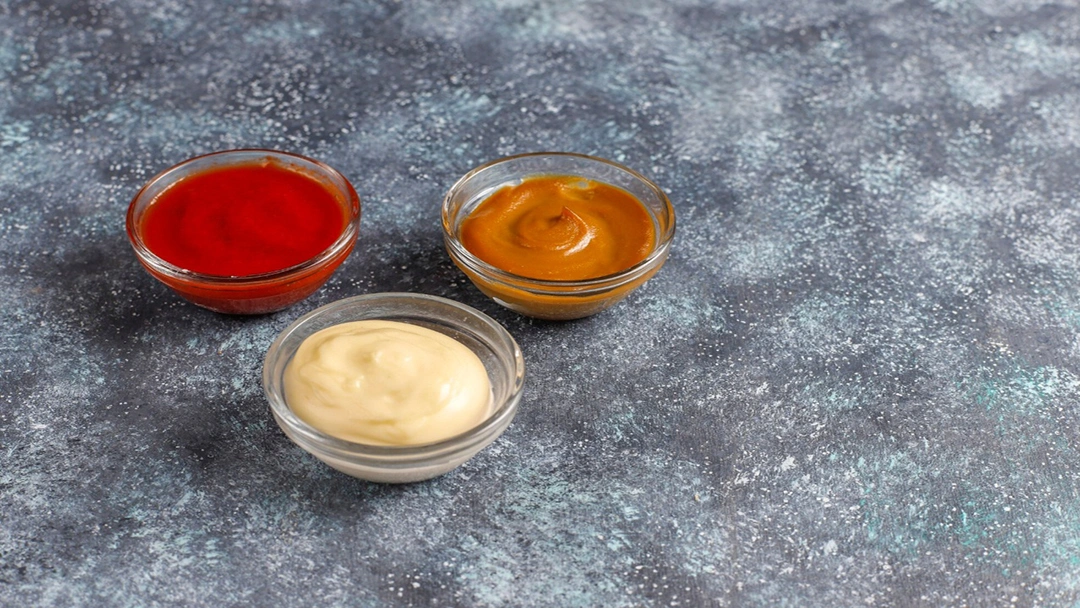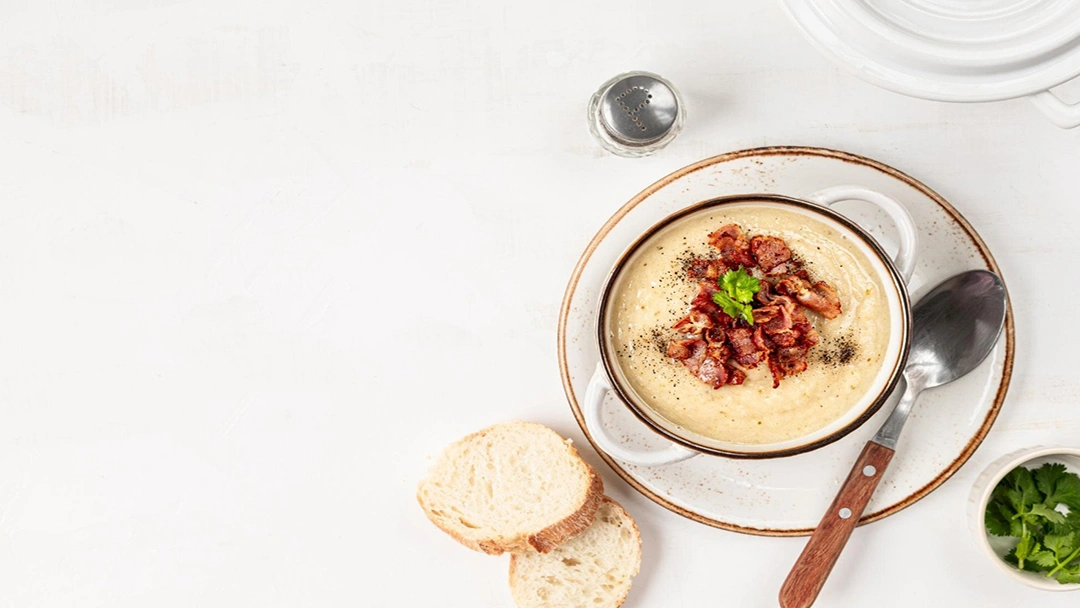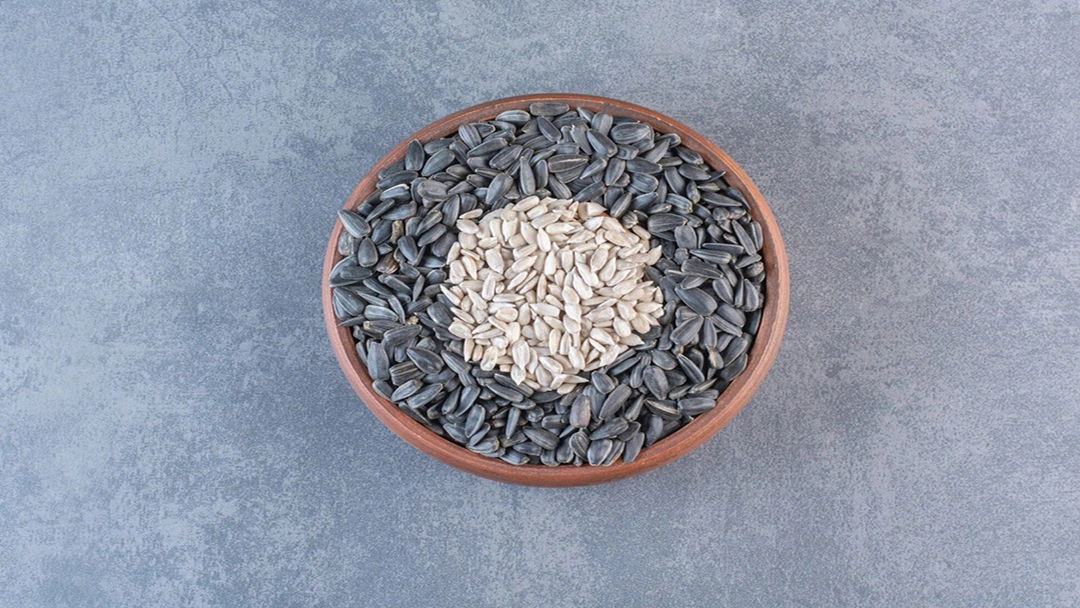How Is Speck Meat Made?
To make speck, the hams are first dry-cured for three weeks. Then, they are gently smoked using low-resin wood at a low temperature, which slows the smoking process and gives the meat a mildly smoky flavor.
[cta-gocarnivore-plans]
The smoking is done gradually, for a few hours at a time, over several months, allowing the smoke to penetrate through the meat instead of just coating the outer layer.
This preparation method is the main reason for speck meat’s delicious taste and rich nutritional profile, which provides many essential minerals the body needs.
Learn More: What Is Hog Head Cheese? What Is It Made of?
Speck Meat Nutrients
The exact nutrient content can vary depending on the specific type of speck meat, the curing and smoking process, and the level of fat content.
But in general, speck meat is a good source of protein, vitamins, and minerals, so, it’s a nutritious addition to low-carb diets like the Carnivore Diet.
The following table shows the nutrients in 100 grams of speck meat [1].
So, as a high-protein, moderate-fat, and low-carb meat, speck can be a nutritious addition to your diet because it can provide many health benefits.
Learn More: Can You Eat Pork Rinds on the Carnivore Diet?
[cta-meetings]
Speck Meat Benefits
- Antioxidant Features: The smoking process in making speck meat can help preserve some antioxidants in the meat, such as vitamin E and certain phenolic compounds. These antioxidants can help protect against oxidative stress and inflammation in the body [2].
- Anti-Inflammatory Effects: The polyphenols and other compounds in speck meat can help reduce inflammation in the body, which decreases the risk of chronic diseases like heart disease, diabetes, and cancer [3].
- Brain Health: The vitamin B12 and other nutrients like iron and zinc in speck meat can help support brain health and cognitive function [4].
- Immune System Support: The vitamins and minerals in speck meat, such as vitamin E and zinc, can support the immune system and reduce the risk of illnesses like the common cold and flu [5].
But you should know that speck meat can have some side effects, especially if you are allergic to certain foods or take specific medications.
Learn More: Can You Freeze Liverwurst? For How Long?
Speck Meat Side Effects
- Allergic Reactions: Some individuals can be allergic to pork or other ingredients used in the curing and smoking process, which can cause allergic reactions, such as hives, itching, or difficulty breathing [6].
- Digestive Issues: Consuming too much speck meat can cause digestive issues, such as bloating, gas, and stomach discomfort in some individuals [7].
- Interactions with Medications: The high sodium content in speck meat can interact with certain medications, such as blood pressure medicines, diuretics, and certain antidepressants, which can increase the risk of side effects or reduce their effectiveness [8]. It’s important to consult your doctor if you use these medications.
These benefits make speck meat a healthy choice and that's why it's a popular option in many regions. Also, these preparation methods are modified in many regions and lead to different kinds of speck meat.
Learn More: Can You Refreeze Shrimp? Is It Safe?
[cta-meal-plan]
Different Kinds of Speck Meat
Here are 4 different kinds of speck meat, which originate from their regional varieties.
- Alto Adige/ Südtirol Speck
- Tyrolean Speck
- Trentino Speck
- German Speck
Alto Adige/ Südtirol Speck
The most well-known and widely produced kind of speck is the Alto Adige or Südtirol speck. It originates from the South Tyrol region (Alto Adige/Südtirol) in northern Italy.
Alto Adige speck Italian is made from the hind legs of pigs, seasoned with a blend of spices, such as juniper, pepper, and garlic, then cured and cold-smoked. It has a distinctive flavor profile, with a balance of smokiness and spices.
The table below shows the nutritional values of 100 grams of Alto Adige speck.
Tyrolean Speck
Also known as Tiroler speck or Tyrolean bacon, Tyrolean speck comes from the Tyrol region, a western Austrian state. Its taste and preparation method is generally similar to Alto Adige speck but has regional variations in seasoning and smoking techniques.
Tyrolean speck is often thinly sliced as a cold cut or added to various dishes in Austrian and South Tyrolean cuisine.
[cta-gocarnivore-plans]
The nutritional values of 100 grams of this speck are provided in the following table.
Learn More: 20 Best Carnivore Diet Desserts Recipes
Trentino Speck
Trentino speck comes from the Trentino region of northern Italy, which is adjacent to Alto Adige. It’s made using similar methods to Alto Adige speck but has regional variations in seasoning and smoking.
Trentino speck is known for its savory flavor and is often served with local cheeses and bread. Here are its nutritional values in 100 grams.
German Speck
There is a type of cured and smoked pork belly referred to as "speck” in Germany, particularly in the southern regions like Bavaria. Speck German differs from its Italian counterparts in cut (belly instead of the leg) and seasoning.
It is generally seasoned with a blend of traditional spices such as juniper berries, black pepper, and garlic. The nutritional values for a 100g portion of German speck are shown in the table below.
Another pig product that has a similar preparation method as speck is prosciutto. They have many things in common but they differ in texture and flavor. Let’s compare them and see which one can be a better option.
Learn More: The Best Meat to Smoke: 15 Best Cuts to Throw into the Smoker
[cta-meetings]
Speck vs. Prosciutto
Prosciutto is made from the hind legs of pigs and is aged during a dry-curing process. There are two types of prosciutto: prosciutto cotto, which is cooked, and prosciutto crudo, which is uncooked, but cured.
Both speck and prosciutto are cured meats but differ in flavor, texture, and production methods. The following table compares speck vs. prosciutto to help you decide which one can better fit your diet.



































